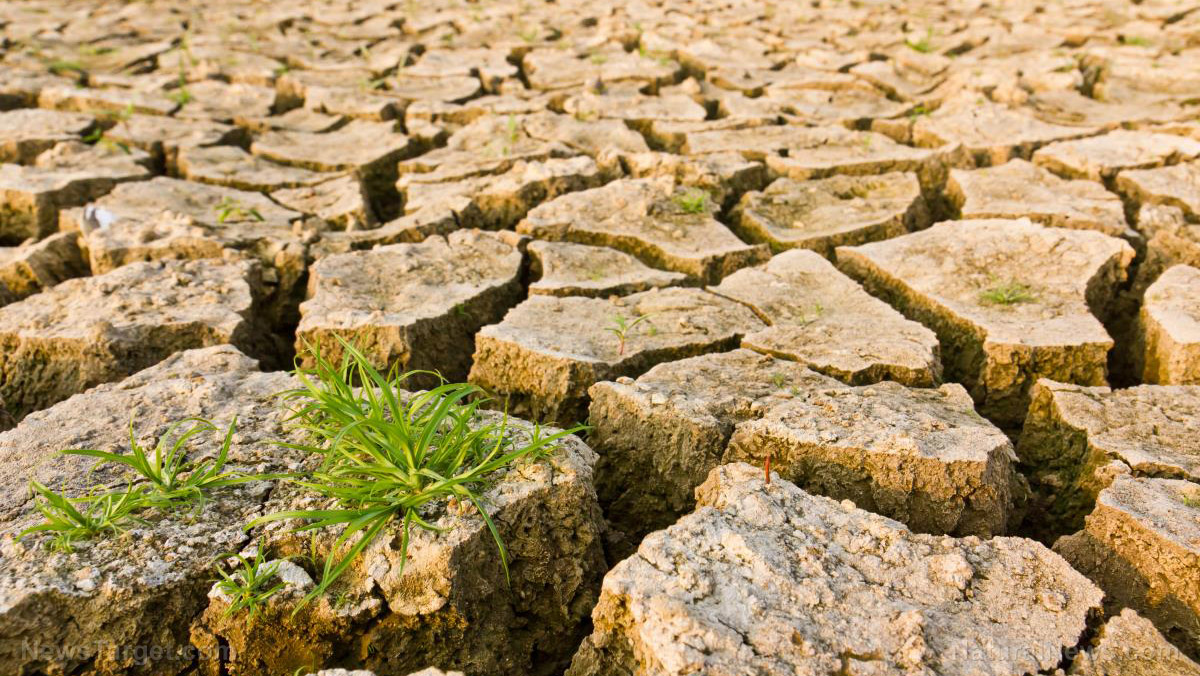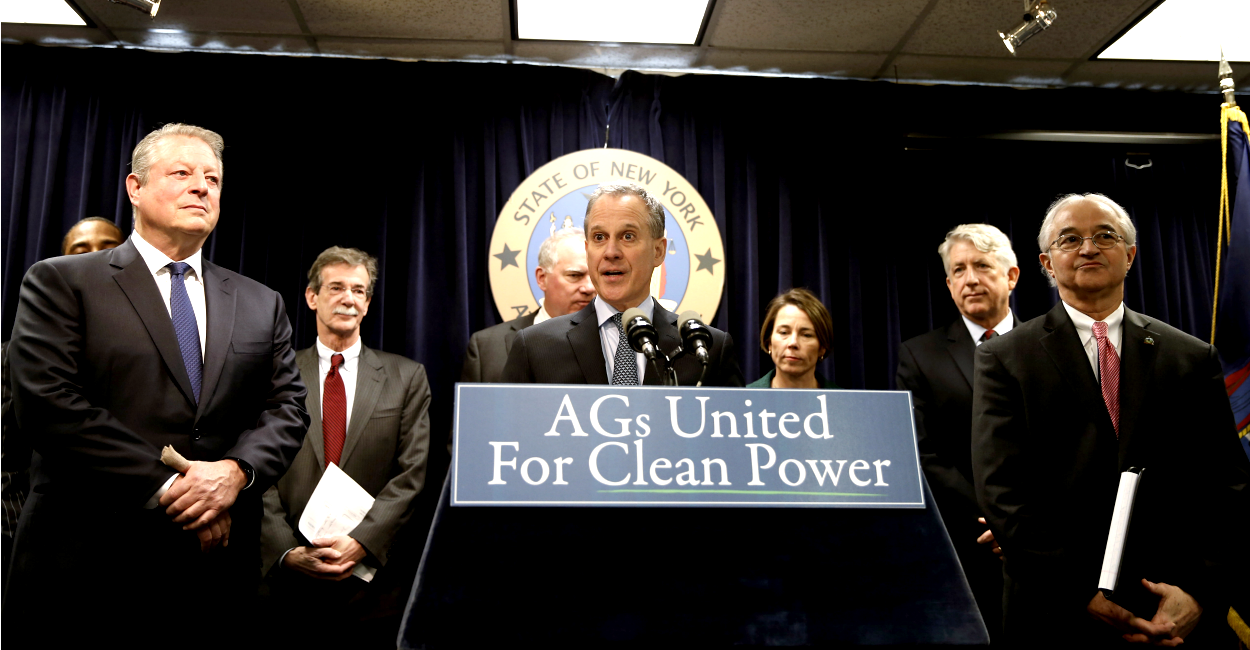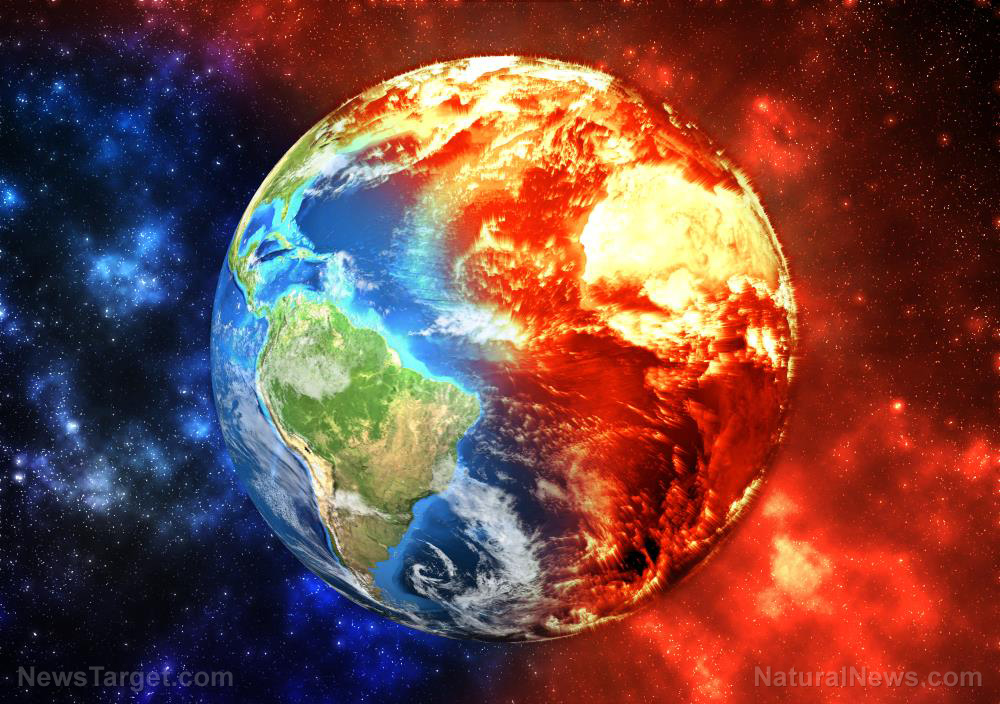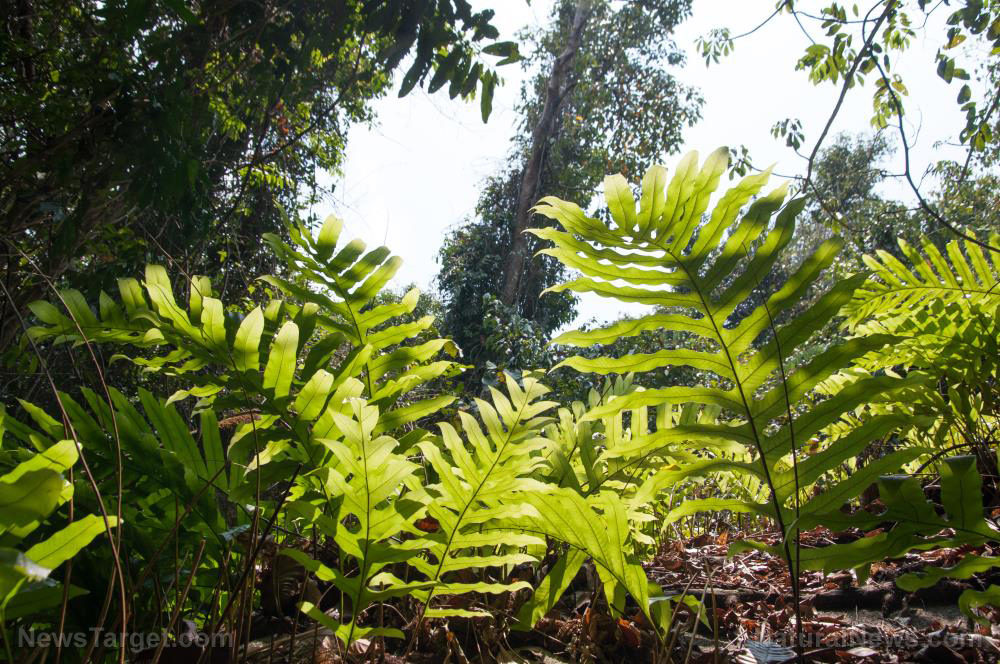Volcanic eruption looms in Iceland after 18,000 earthquakes struck over the past week
03/16/2021 / By Virgilio Marin

A volcanic eruption looms in Iceland after more than 18,000 earthquakes struck the island country over the past week. From Wednesday to Thursday morning alone, the Icelandic Meteorological Office (IMO) detected around 3,300 earthquakes.
The earthquake swarm centers around Reykjanes Peninsula, a densely populated region south of Iceland’s capital Reykjavik. Authorities now expect one of two volcanoes in the peninsula, Mount Keilir and Mount Fagradalsfjall, to erupt in the next few days, which would be the first in the region in 800 years.
Earthquake swarm forbodes volcanic eruption
The swarm started on Feb. 24 with a 5.7 magnitude earthquake, the largest to date, and several rumblers followed since. Authorities are currently analyzing sensor and satellite-based monitoring data to determine the cause of the swarm. But most suspect that an intrusion of magma into Earth’s crust has been driving the event.
“It is very likely that we have an intrusion of magma into the crust there. It has definitely moved closer to the surface, but we are trying to figure out if it’s moving even closer to it,” said Thorvaldur Thordarson, a professor of volcanology at the University of Iceland.
On Wednesday afternoon, the meteorological office announced a sudden uptick in seismic activity after recording many small, overlapping earthquakes in a region over a mile southwest of Keilir. Seismic activity decreased the following morning but went up again in the late afternoon that day.
“That does not mean that we have signs that an eruption has begun. But this looks like the turmoil we expect on the eve of an eruption,” Kristin Jonsdottir of IMO said.
Similar swarms also preceded past eruptions in the country, according to the meteorological office. It anticipates volcanic activity near Fagradalsfjall, 20 miles south of Reykjavik, or near Keilir close by, according to New York Times.
Imminent volcanic eruption not a cause of concern
Officials from Iceland’s Department for Civil Protection and Emergency Management assured that while an eruption is likely, there is “no disaster going on and everyone can get on with their daily lives.”
University of Iceland geophysicist Freysteinn Sigmundsson also said that if an eruption occurs, it would take the form of a fissure eruption, where lava steadily emerges from a fissure in the ground without explosive activity. Volcanic eruptions in Reykjanes are usually of this type and last for several days or weeks.
But as a precaution, the department advises Icelanders in Reykjanes to keep all doors and windows closed at all times, to wear goggles or eyeglasses instead of contact lenses and to avoid going outside.
“All those living in the vicinity of volcanic eruptions should pay close attention to the media and reports of gas pollution, but this information is updated at least twice a day in accordance with the weather forecast,” according to the department’s advice page, Almannavarnir.
Aviation authorities also raised the volcanic aviation color code for the peninsula from yellow (elevated unrest) to orange (heightened unrest) as a precaution for domestic and international air travel.
Swarms like the one at the moment had not been recorded in the region since digital monitoring began in 1991, and volcanoes had been quiet since the 12th century. But intense seismic activity is not uncommon in the peninsula – or Iceland for that matter.
Perched atop a plate boundary, the country of more than 350,000 is a seismically active region. In 2010, volcanoes in Eyjafjallajokull in southern Iceland erupted and grounded hundreds of planes, causing one of the largest air-traffic shutdowns in several decades. The eruptions unleashed torrents of lava through shattered ice sheets and spewed columns of ash that reached high into the air. (Related: A volcanic eruption in 1815 blocked the sun for a full year, causing global crop failures and famine… and it could happen again.)
But Sigmundsson allayed fears of a similar eruption. “This event is completely different to Eyjafjallajökull – it is very unlikely that it will disrupt air transport … This will probably be a lava eruption with little explosive activity,” he told the Guardian.
Learn more about impending natural catastrophes at Disaster.news.
Sources include:
Tagged Under: earthquake swarm, Earthquakes, fissure eruption, Iceland, lava, magma, natural disasters, seismic activity, volcanic eruption, volcanoes
RECENT NEWS & ARTICLES
COPYRIGHT © 2017 CLIMATE SCIENCE NEWS





















